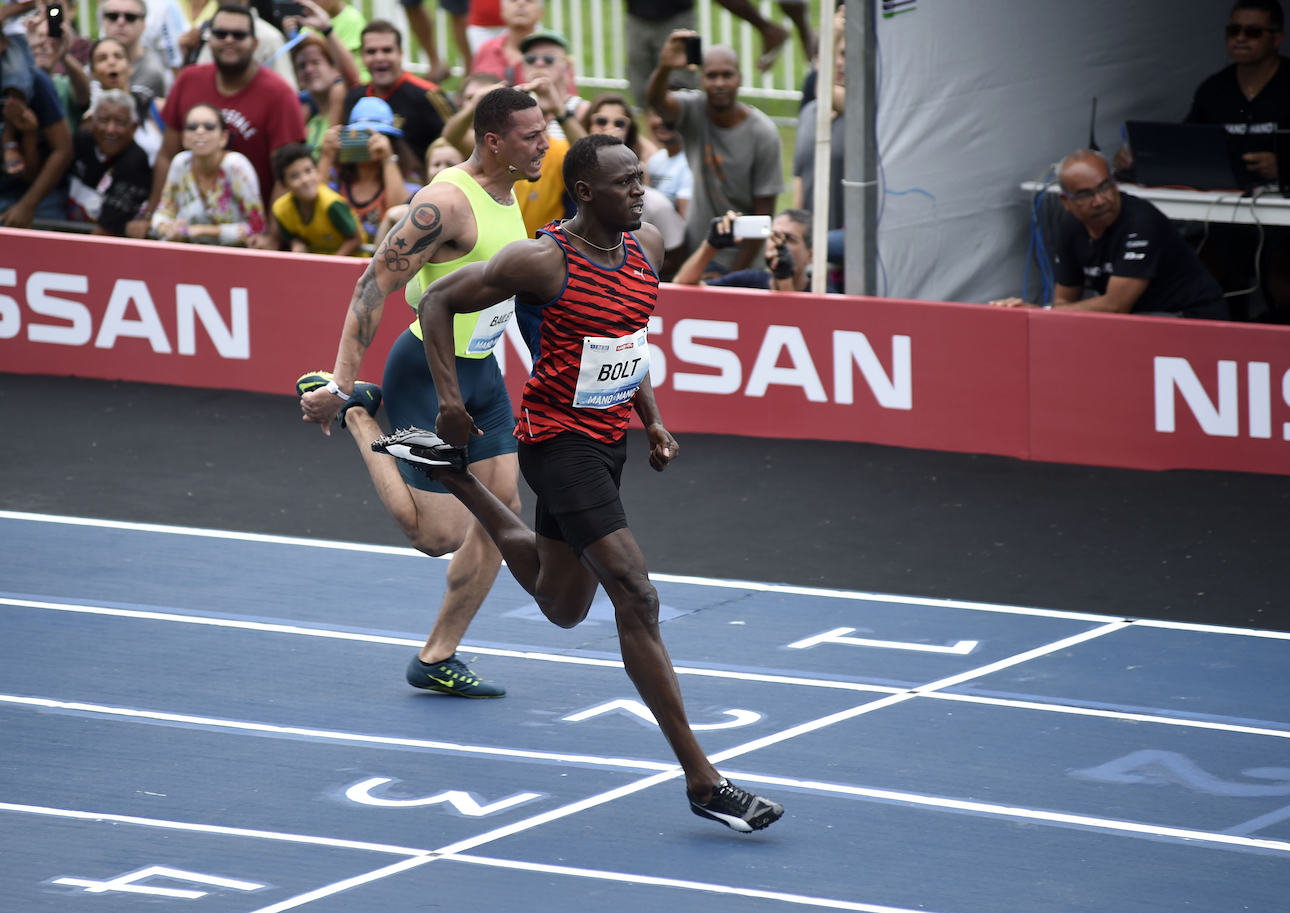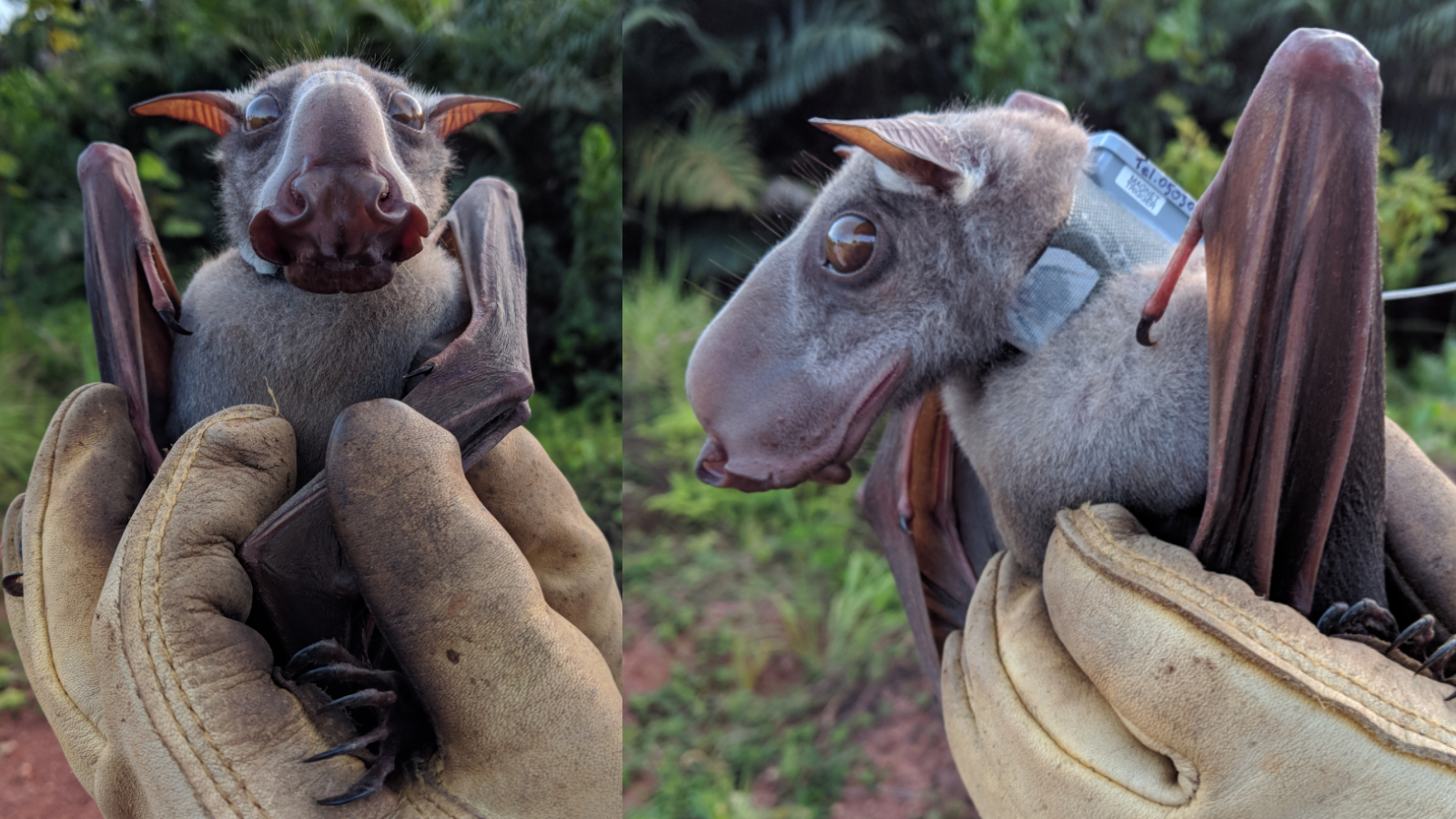Emergency Care and Medicine, Vol. 1, Pages 87-94: Metformin-Associated Lactic Acidosis: Which Elimination Therapy to Use in Case of Haemodynamic Instability? A Retrospective Cohort Study
Emergency Care and Medicine doi: 10.3390/ecm1020012
Authors: Laurens Heeren Sandra Verelst Didier Desruelles Marc Sabbe
Introduction: Metformin, a commonly used oral antihyperglycemic drug, poses a rare risk related to the development of metformin-associated lactic acidosis (MALA). The Extracorporeal Treatments in Poisoning (EXTRIP) group recommended intermittent haemodialysis (IHD) as a primary elimination therapy in case of severe metformin poisoning. However, in haemodynamically unstable patients, our previous observations suggested that continuous venovenous haemofiltration (CVVH) might be more effective. This retrospective cohort study aimed to contribute evidence on the use of IHD and CVVH in patients with severe MALA, particularly in haemodynamically unstable patients. Methods: Data from January 2015 to December 2020 were collected from the Leuven University Hospital. Two separate search methods, based on hospital activity records and laboratory criteria, were used to identify patients with MALA. Patients diagnosed with MALA, receiving extracorporeal treatment within 24 h of admission, were included. Patients were categorized into the IHD and CVVH groups. Patient characteristics, treatment details, and outcomes were analysed. Results: Among 358,148 patient records, 35 MALA cases were identified. IHD was chosen as the initial elimination technique in 13 cases, whereas 22 patients were first commenced on CVVH. Patients treated with CVVH were sicker, had more comorbidities and had higher ventilation and vasopressor requirements. CVVH group had longer vasopressor use, longer ICU stays, and higher in-hospital mortality. Discussion: CVVH rather than IHD seems to be the preferred elimination technique in the more critically ill patients with MALA. Due to its retrospective design, this study failed to identify the superior elimination technique in terms of efficacy. Poorer outcomes in the CVVH group are likely attributed to the severity of illness rather than the inferiority of the elimination therapy. We acknowledge the diagnostic challenges regarding MALA. Using metformin assays could be beneficial in managing these patients. Conclusions: This study suggests clinicians’ preference for CVVH in severe cases of MALA with haemodynamic instability.

 1 week ago
33
1 week ago
33


